Uncategorized
Animoca Brands’ Yat Siu: 2025 Will Be the Year Crypto Goes Mainstream

Yat Siu has seen a lot in his decade of investing in crypto as a venture capitalist.
The Hong Kong-based venture studio and game developer Siu co-founded, Animoca Brands, has grown to be one of the most powerful names in Web3 culture, with data provider CoinGecko pegging the market cap of tokens issued by Animoca’s portfolio companies at more than $45 billion.
But the crypto winter of 2022-23 proved to be a tough test for Animoca, with many of the tokens from its companies down nearly 90%. At the depths of these dark times in February 2023, the Financial Times even wondered if Animoca could survive.
Times have changed, of course. The price of bitcoin surged over 120% in 2024, the U.S. has a pro-crypto president soon to assume office and Animoca recently almost quadrupled the size of its office space in Hong Kong, even as the local traditional finance market there retreats.
This series is brought to you by Consensus Hong Kong. Come and experience the most influential event in Web3 and Digital Assets, Feb.18-20. Register today and save 15% with the code CoinDesk15.
Siu now sees the crypto industry as being at an inflection point similar to the one he observed of the internet back in the 1990s when it first transformed business.
Back then, Hong Kong’s garment industry, now a relic of the city’s past, was reliant on physically shipping its samples to clients for inspection during the production process. There was no Slack back then, nor Dropbox or FTP, and the resolution provided by fax machines wasn’t sharp enough to be useful for this task.
“People used to design their patterns [and send them] to America by DHL,” recalled Siu in a recent interview with CoinDesk at Animoca’s Hong Kong headquarters. The process took days to complete and cost some firms as much as $80,000 a month, according to Siu.
Siu, however, offered a solution. He operated one of the first broadband internet service providers that allowed for garment factories to do high-resolution scans — difficult before because of limited bandwidth — and send them over to clients in the West.
The use of broadband internet made the client review process “infinitely cheaper” and more efficient, eliminating the need for what Siu called the “insane” practice of relying on physical delivery for design approvals.
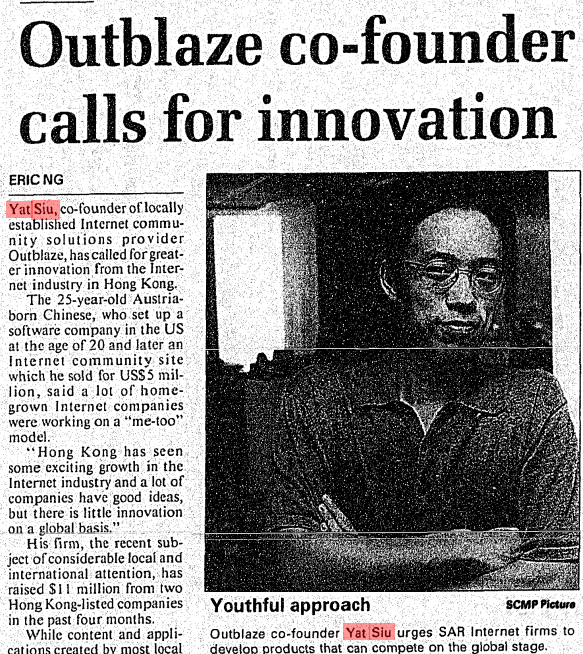
Siu equates this innovation to the advent of stablecoins and what he predicts will be their eventual mass adoption by traditional financial institutions.
“If you want to do commerce and trade with America, you will need to have crypto rails,” he predicts.
“As that develops over time, this becomes a business friction…If someone says, ‘I want to send you some Tether or USDC,’ and the other side says, ‘I can only take a wire transfer,’ it just doesn’t work,” Siu said.
In Asia, the use of stablecoins is already common in areas like supply chain finance. The fashion industry, among others, is seeing margins decrease, Siu explained, and it just doesn’t make sense to use a wire transfer to pay supply chain partners when stablecoins suffice.
«Stablecoins are becoming indispensable for making these transactions cheaper and faster,” he noted.
This, as Siu sees it, is the first part of 2025’s mass adoption of crypto.
Memecoins making community
The next part, in Siu’s mind, is a broader expansion of memecoins into an entire blockchain ecosystem.
“I expect memecoins to launch their own L1s or L2s. They’re not just coins anymore, and they’re building communities and ecosystems,” Siu said. “Memecoins are essentially cultural symbols. They’re capturing attention and building narratives that resonate with people beyond financial speculation.”
According to Siu, NFTs are following a similar trajectory, shifting from standalone assets to integral parts of broader ecosystems.
“NFT projects are no longer just about launching a token; they’re about creating ecosystems of cultural and symbolic value,” Siu said, pointing to examples like Solana’s growing collection of memecoins, some of which are now launching NFTs, to enhance engagement and deepen their connection to their communities.
For memecoins and NFTs to achieve sustained success, they must evolve into platforms where communities “are building games, applications and other experiences, not just speculation,” Siu noted.
Crypto gaming gains momentum
Web3 gaming isn’t exactly a new phenomenon, but efforts so far haven’t resonated with consumers. During the 2021 bull market, moves by large studios to incorporate NFTs into games like Ubisoft’s AAA franchise Ghost Recon were met with a chilly reaction by the market. Likewise, Web3 native games like Decentraland haven’t been able to capture a player base that reflects the billion-dollar-plus valuation of their tokens.
And other games like Off the Grid, which promised to bridge the gap between Web2 and Web3 gaming via slick visuals and a focus on gaming first and crypto second, seemed to fizzle out after a few weeks.
Siu, however, remains optimistic about crypto gaming.
He sees gaming as a powerful entry point for Web3, where culture, community and ownership converge to create something much larger. In this ecosystem, trading in-game assets becomes an integral part of the gameplay itself, evolving naturally from concepts such as skin trading that many are already familiar with from games like Counter-Strike.
“To bring in the Web2 gamer, the focus needs to be on building a network effect, creating a game that’s fun and engaging, with the added benefits of ownership and trading,» Siu said. «In 2025, we’ll see games where Web2 gamers won’t even distinguish whether it’s a Web3 game or not. They’ll enjoy it for what it is, and the blockchain benefits will be a bonus.”
«They’ll just want to play,» he added.
Reputation as currency
No economy is able to function without trust between parties and counterparties. While the transparency of blockchain helps create an environment of higher trust, there needs to be a system to measure reputation as well, according to Siu.
«Reputation is a currency. It’s not just about rewards but about how the network values you and your contributions,” Siu said.
He explained that a reputation network, such as Animoca’s Moca ID, would do just this. Moca ID allows for one unified, but decentralized, method of identification across all of the companies in Animoca’s portfolio.
In theory, this would be similar to traditional finance’s Equifax, allowing for services such as unsecured crypto loans — a big change from the current system of over-collateralized loans.
“If you don’t have a reputation, I can’t build trust with you,” Siu said. “Imagine building your reputation over the years. Would you risk losing it in one bad action?”
Not all about the profits
As a venture capitalist, Siu is after a return, of course. He’s also a strong advocate of capitalism and the benefits it brings, and, in prior interviews, has said that many peoples’ feelings of despair and inequality have come from a lack of financial literacy, which results in inequality.
Those that don’t have the opportunity to own things and generate yield won’t be able to understand capitalism, which, while imperfect, is still the best option for society, according to Siu.
«Web3 can save the capitalist narrative by turning users into stakeholders and co-owners,» he’s said before, warning that «the roots of communism came from feelings of inequality.»
For Siu, Web3 represents an opportunity to build a better form of capitalism, one that’s more inclusive and participatory. And he urges the industry to focus on the transformative potential of blockchain rather than short-term profits, warning against the “FOMO mindset.”
“Let’s remind ourselves that [crypto] is actually helping us build something bigger,” Siu said. “It’s great that we’re all making money and the industry is wonderful, but let’s remind ourselves why we’re really here.”
Uncategorized
Is Ethereum’s DeFi Future on L2s? Liquidity, Innovation Say Perhaps Yes

Ethereum is in the midst of a paradox. Even as ether hit record highs in late August, decentralized finance (DeFi) activity on Ethereum’s layer-1 (L1) looks muted compared to its peak in late 2021. Fees collected on mainnet in August were just $44 million, a 44% drop from the prior month.
Meanwhile, layer-2 (L2) networks like Arbitrum and Base are booming, with $20 billion and $15 billion in total value locked (TVL) respectively.
This divergence raises a crucial question: are L2s cannibalizing Ethereum’s DeFi activity, or is the ecosystem evolving into a multi-layered financial architecture?
AJ Warner, the chief strategy officer of Offchain Labs, the developer firm behind layer-2 Arbitrum, argues that the metrics are more nuanced than just layer-2 DeFi chipping at the layer 1.
In an interview with CoinDesk, Warner said that focusing solely on TVL misses the point, and that Ethereum is increasingly functioning as crypto’s “global settlement layer,” a foundation for high-value issuance and institutional activity. Products like Franklin Templeton’s tokenized funds or BlackRock’s BUIDL product launch directly on Ethereum L1 — activity that isn’t fully captured in DeFi metrics but underscores Ethereum’s role as the bedrock of crypto finance.
Ethereum as a layer-1 blockchain is the secure but relatively slow and expensive base network. Layer-2s are scaling networks built on top of it, designed to handle transactions faster and at a fraction of the cost before ultimately settling back to Ethereum for security. That’s why they’ve become so appealing to traders and builders alike. Metrics like TVL, the amount of crypto deposited in DeFi protocols, highlight this shift, as activity is moved to L2s where lower fees and quicker confirmations make everyday DeFi far more practical.
Warner likens Ethereum’s place in the ecosystem to a wire transfer in traditional finance: trusted, secure and used for large-scale settlement. Everyday transactions, however, are migrating to L2s — the Venmos and PayPals of crypto.
“Ethereum was never going to be a monolithic blockchain with all the activity happening on it,” Warner told CoinDesk. Instead, it’s meant to anchor security while enabling rollups to execute faster, cheaper and more diverse applications.
Layer 2s, which have exploded over the last few years because they are seen as the faster and cheaper alternative to Ethereum, enable whole categories of DeFi that don’t function as well on mainnet. Fast-paced trading strategies, like arbitraging price differences between exchanges or running perpetual futures, don’t work well on Ethereum’s slower 12-second blocks. But on Arbitrum, where transactions finalize in under a second, those same strategies become possible, Warner explained. This is apparent, as Ethereum has had fewer than 50 million transactions over the last month, compared to Base’s 328 million transactions and Arbitrum’s 77 million transactions, according to L2Beat.
Builders also see L2s as an ideal testing ground. Alice Hou, a research analyst at Messari, pointed to innovations like Uniswap V4’s hooks, customizable features that can be iterated far more cheaply on L2s before going mainstream. For developers, quicker confirmations and lower costs are more than a convenience: they expand what’s possible.
“L2s provide a natural playground to test these kinds of innovations, and once a hook achieves breakout popularity, it could attract new types of users who engage with DeFi in ways that weren’t feasible on L1,” Hou said.
But the shift isn’t just about technology. Liquidity providers are responding to incentives. Hou said that data shows smaller liquidity providers increasingly prefer L2s where yield incentives and lower slippage amplify returns. Larger liquidity providers, however, still cluster on Ethereum, prioritizing security and depth of liquidity over bigger yields.
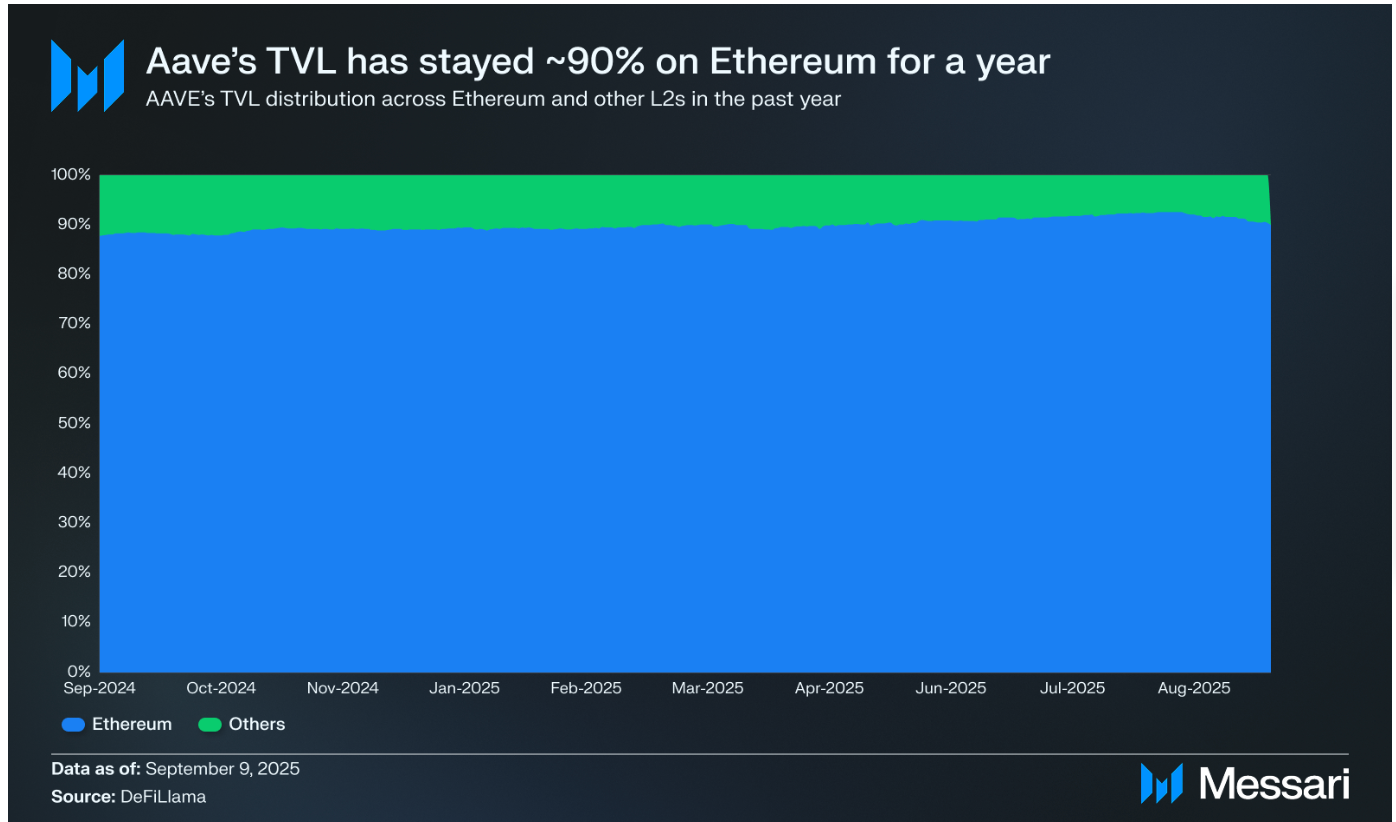
Interestingly, while L2s are capturing more activity, flagship DeFi protocols like Aave and Uniswap still lean heavily on mainnet. Aave has consistently kept about 90% of its TVL on Ethereum. With Uniswap however, there’s been an incremental shift towards L2 activity.
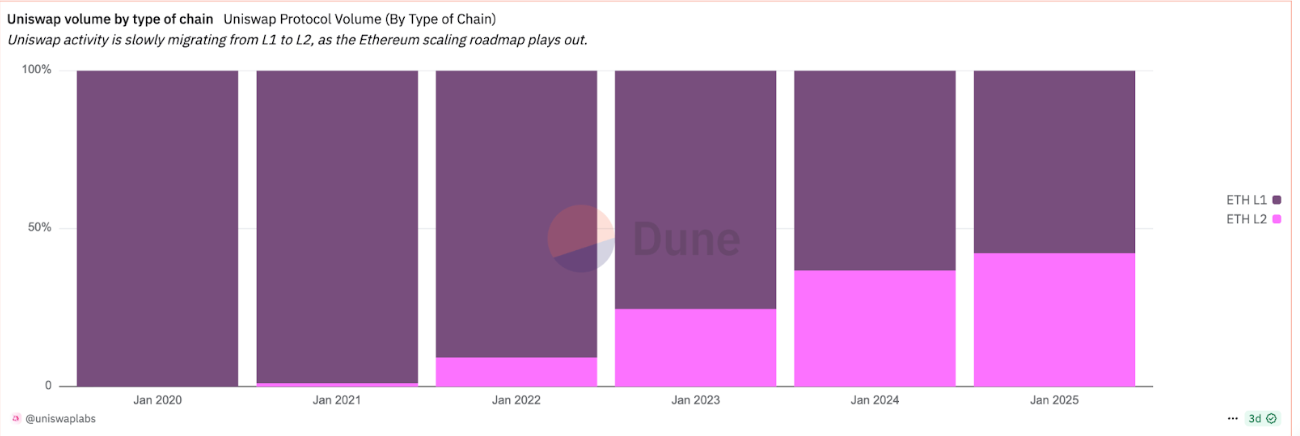
Another factor accelerating L2 adoption is user experience. Wallets, bridges and fiat on-ramps increasingly steer newcomers directly to L2s, Hou said. Ultimately, the data suggests the L1 vs. L2 debate isn’t zero-sum.
As of September 2025, about a third of L2 TVL still comes bridged from Ethereum, another third is natively minted, and the rest comes via external bridges.
“This mix shows that while Ethereum remains a key source of liquidity, L2s are also developing their own native ecosystems and attracting cross-chain assets,” Hou said.
Ethereum thus as a base layer appears to be cementing itself as the secure settlement engine for global finance, while rollups like Arbitrum and Base are emerging as execution layers for fast, cheap and creative DeFi applications.
“Most payments I make use something like Zelle or PayPal… but when I bought my home, I used a wire. That’s somewhat parallel to what’s happening between Ethereum layer one and layer twos,” Warner of Offchain Labs said.
Read more: Ethereum DeFi Lags Behind, Even as Ether Price Crossed Record Highs
Uncategorized
CoinDesk 20 Performance Update: Avalanche (AVAX) Gains 4.6% as Index Moves Higher
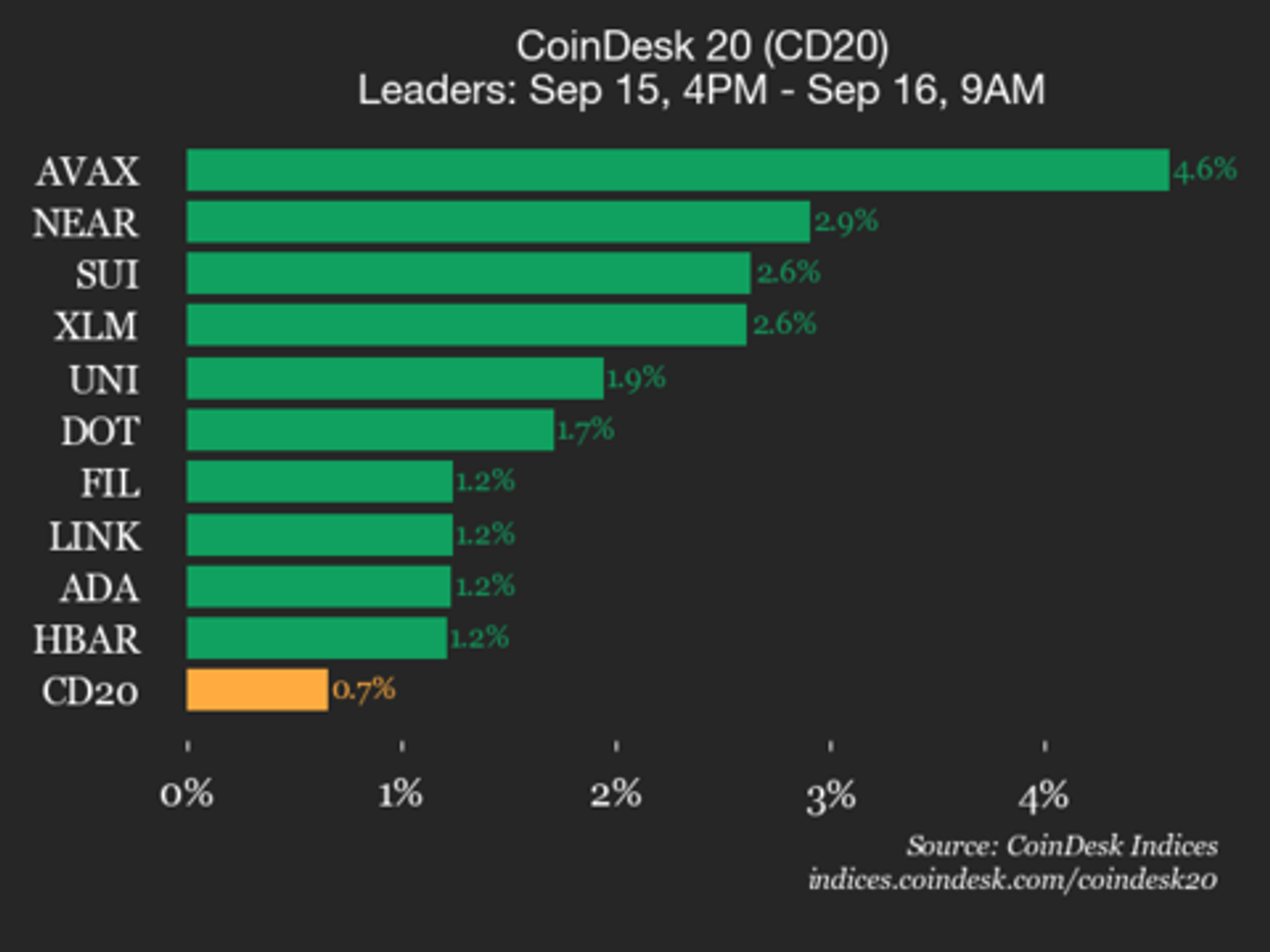
CoinDesk Indices presents its daily market update, highlighting the performance of leaders and laggards in the CoinDesk 20 Index.
The CoinDesk 20 is currently trading at 4267.12, up 0.7% (+27.81) since 4 p.m. ET on Monday.
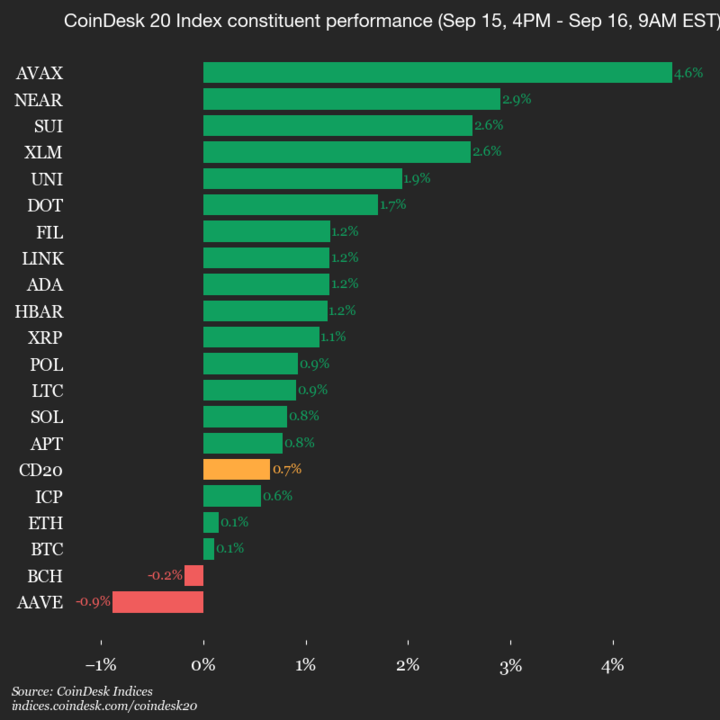
Eighteen of 20 assets is trading higher.
Leaders: AVAX (+4.6%) and NEAR (+2.9%).
Laggards: AAVE (-0.9%) and BCH (-0.2%).
The CoinDesk 20 is a broad-based index traded on multiple platforms in several regions globally.
Uncategorized
Santander’s Openbank Starts Offering Crypto Trading in Germany, Spain Coming Soon
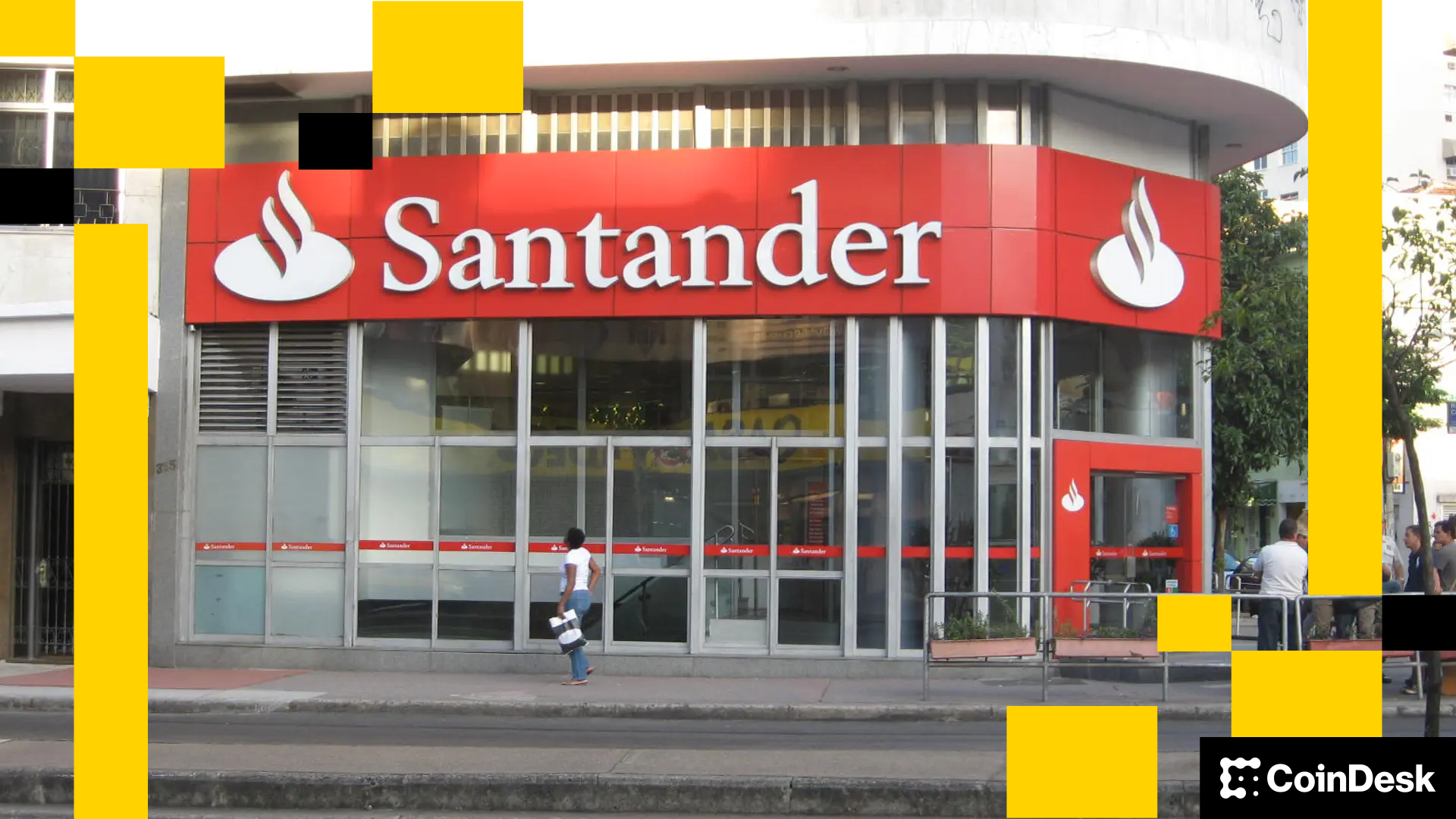
The digital banking arm of Spanish financial giant Santander Group, Openbank, opened cryptocurrency trading for customers in Germany, with plans to add its home market in the next few weeks.
The new service allows users to buy, sell and hold five popular cryptocurrencies: bitcoin (BTC), ether (ETH), litecoin (LTC), polygon (MATIC) and cardano (ADA), according to a press release. The cryptocurrencies are available alongside stocks, ETFs and investment funds.
Customers can trade without moving funds to an external platform, keeping all investments in one place under Santander’s umbrella, the bank said.
“By incorporating the main cryptocurrencies into our investment platform, we are responding to the demand of some of our customers,” said Coty de Monteverde, head of crypto at Grupo Santander.
The bank charges a 1.49% fee per transaction, with a 1 euro ($1.2) minimum, and does not include custody fees. The bank said it plans to add more cryptocurrencies and new features, such as crypto-to-crypto conversions, in coming months.
Santander Private Bank was back in 2023 making headlines when it started letting clients with accounts in Switzerland trade BTC and ETH. It selected crypto safekeeping technology firm Taurus for custody.
-

 Business11 месяцев ago
Business11 месяцев ago3 Ways to make your business presentation more relatable
-

 Fashion11 месяцев ago
Fashion11 месяцев agoAccording to Dior Couture, this taboo fashion accessory is back
-

 Entertainment11 месяцев ago
Entertainment11 месяцев ago10 Artists who retired from music and made a comeback
-

 Entertainment11 месяцев ago
Entertainment11 месяцев ago\’Better Call Saul\’ has been renewed for a fourth season
-

 Entertainment11 месяцев ago
Entertainment11 месяцев agoNew Season 8 Walking Dead trailer flashes forward in time
-

 Business11 месяцев ago
Business11 месяцев ago15 Habits that could be hurting your business relationships
-

 Entertainment11 месяцев ago
Entertainment11 месяцев agoMeet Superman\’s grandfather in new trailer for Krypton
-

 Entertainment11 месяцев ago
Entertainment11 месяцев agoDisney\’s live-action Aladdin finally finds its stars





